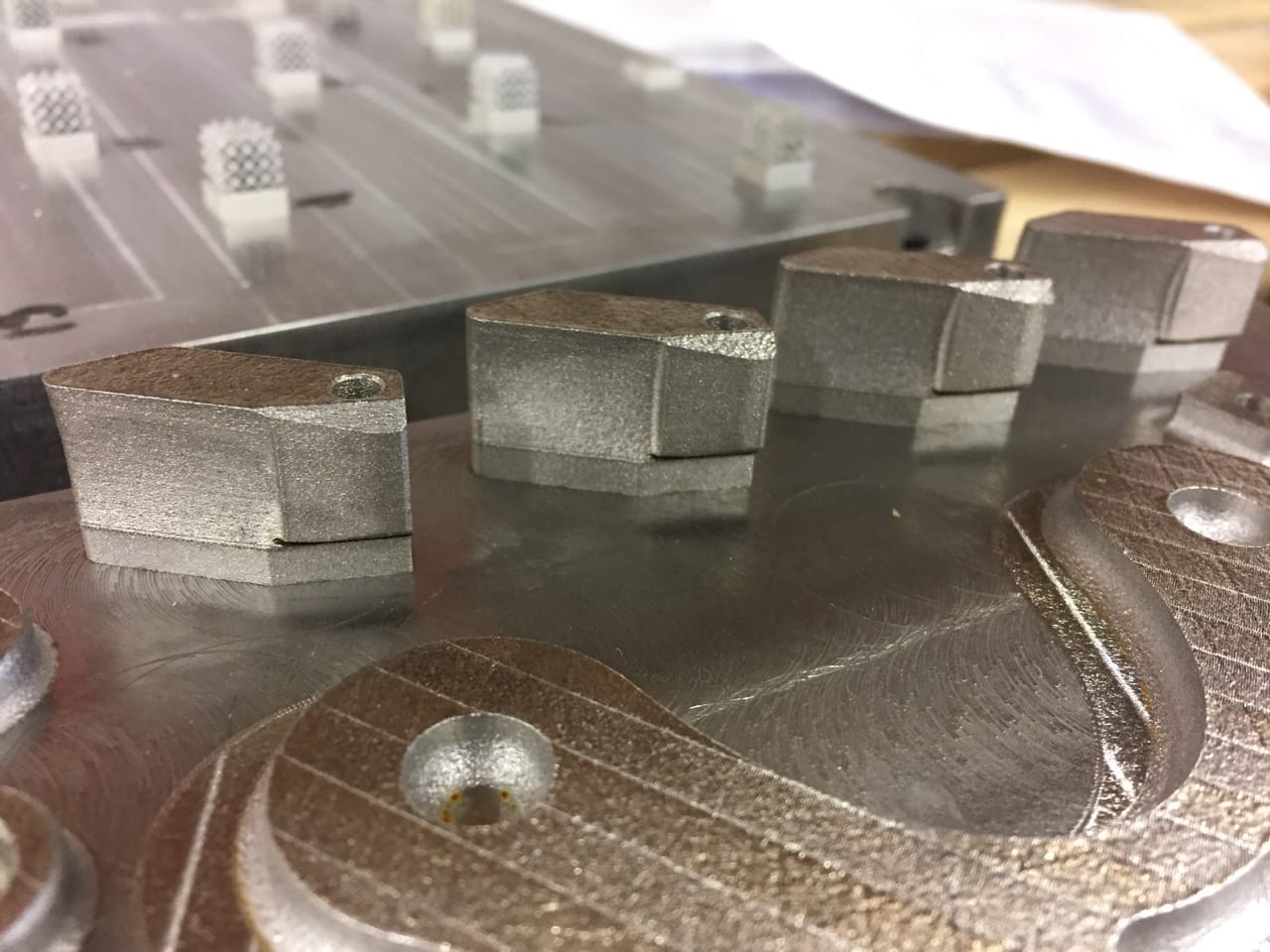
I’m beginning to think there’s a bit of a hype cycle peak occurring in the 3D metal printing world lately.
The “Hype Cycle” is a concept originated by Gartner that proposes every new technology travels through a standard sequence of interest level, with dramatic ups and downs along the way.

The sequence of events is basically this:
Technology Trigger: A potential technology breakthrough kicks things off. Early proof-of-concept stories and media interest trigger significant publicity. Often no usable products exist and commercial viability is unproven.
Peak of Inflated Expectations: Early publicity produces a number of success stories—often accompanied by scores of failures. Some companies take action; most don’t.
Trough of Disillusionment: Interest wanes as experiments and implementations fail to deliver. Producers of the technology shake out or fail. Investments continue only if the surviving providers improve their products to the satisfaction of early adopters.
Slope of Enlightenment: More instances of how the technology can benefit the enterprise start to crystallize and become more widely understood. Second- and third-generation products appear from technology providers. More enterprises fund pilots; conservative companies remain cautious.
Plateau of Productivity: Mainstream adoption starts to take off. Criteria for assessing provider viability are more clearly defined. The technology’s broad market applicability and relevance are clearly paying off.
The 3D printing space has already seen one complete Hype Cycle surrounding the emergence of desktop 3D printing. If you look at the curve at top, it’s almost possible to put dates on the sequence of events that occurred in desktop 3D printing from 2007 to today, where we find ourselves towards the end of the chart. The peak would have been January 2014, when stock prices were highest and interest was at truly ridiculous levels.
But now with the growing interest in metal 3D printing, I believe it is possible we are seeing something rather similar, albeit a bit less visible than the consumer-seen desktop 3D printing movement.
The thing is, 3D metal printing IS very useful in certain industries. Yes, it’s still expensive, and yes, it’s very complicated to do properly, but several specific industries are making profit and better products with the technology, namely aerospace and automotive applications.
There are frequent news stories of how one company or another “3D printed this part in metal” or similar.
There are large corporate moves to acquire 3D metal printer companies and their sources of powdered materials. In particular, GE’s purchase of Arcam and Concept Laser shook the industry, triggering very fast interest in the technology by all related parties.
There are a number of smaller companies attempting to capitalize on the new interest in 3D metal printing by developing unusual or low cost 3D metal printers.
And this is where I feel the issue is going to form. Given what I’ve seen at actual 3D metal printing operations, I found that the production of 3D metal printed parts is an incredibly complex operation. And it’s not just that the materials are pricey; the actual methods of producing the parts, that is to say the printer job parameters, are incredibly tricky to get right for each specific application.
To produce truly “production” parts, you will need to guarantee consistency and performance to levels not seen in the plastic prototyping world.
And “production parts” are why GE and others are so interested in 3D metal printing.
I’ve seen multiple new approaches to 3D metal printing, but all of them are unproven as of yet. Some involve use of liquids, powders and filaments to “cold print” what are called “green parts”, that are then fired in a furnace to fuse the metal into a solid object.
This approach may visually appear to produce a metal part, but I am wondering whether this will actually meet the needs of the current industries demanding 3D printed metal parts: automotive and in particular aerospace.
Can the correct metal crystallization be achieved? Can you even control such things with alternative approaches? Can the binding medium be properly extricated from green parts? Can parts be delivered with predictable high quality, time after time, year after year? Can you provide a complete audit trail of production from raw materials to finished part? I’m no metallurgist, but these and many other factors must be determined before alternate 3D metal printing system would be adopted by industry.
In the meantime, interest grows, and with that does investment. And that, to me, smells a lot like a bubble. Where are we on the Hype cycle? I think we’re perhaps somewhere nearing the peak of inflated expectations, as there are a number of new metal processes that will suddenly emerge, all competing for the same eyeballs.
As with any bubble, there will be winners and losers. The losers will be those with technologies that are practically applicable or those that don’t really work. There will also be survivors, who will eventually turn out to be the winners, those that travel the entire hype cycle without falling off the tracks.
My recommendation: have extra scrutiny on alternative 3D metal printing technologies, until actually proven in use. This falls true whether you’re considering purchasing a device or investing in a manufacturer or service involved in 3D metal printing.

